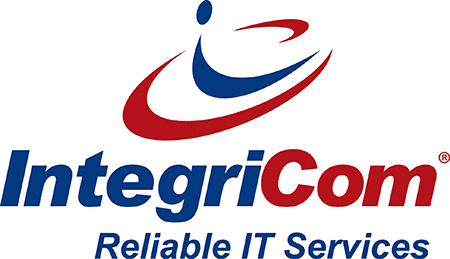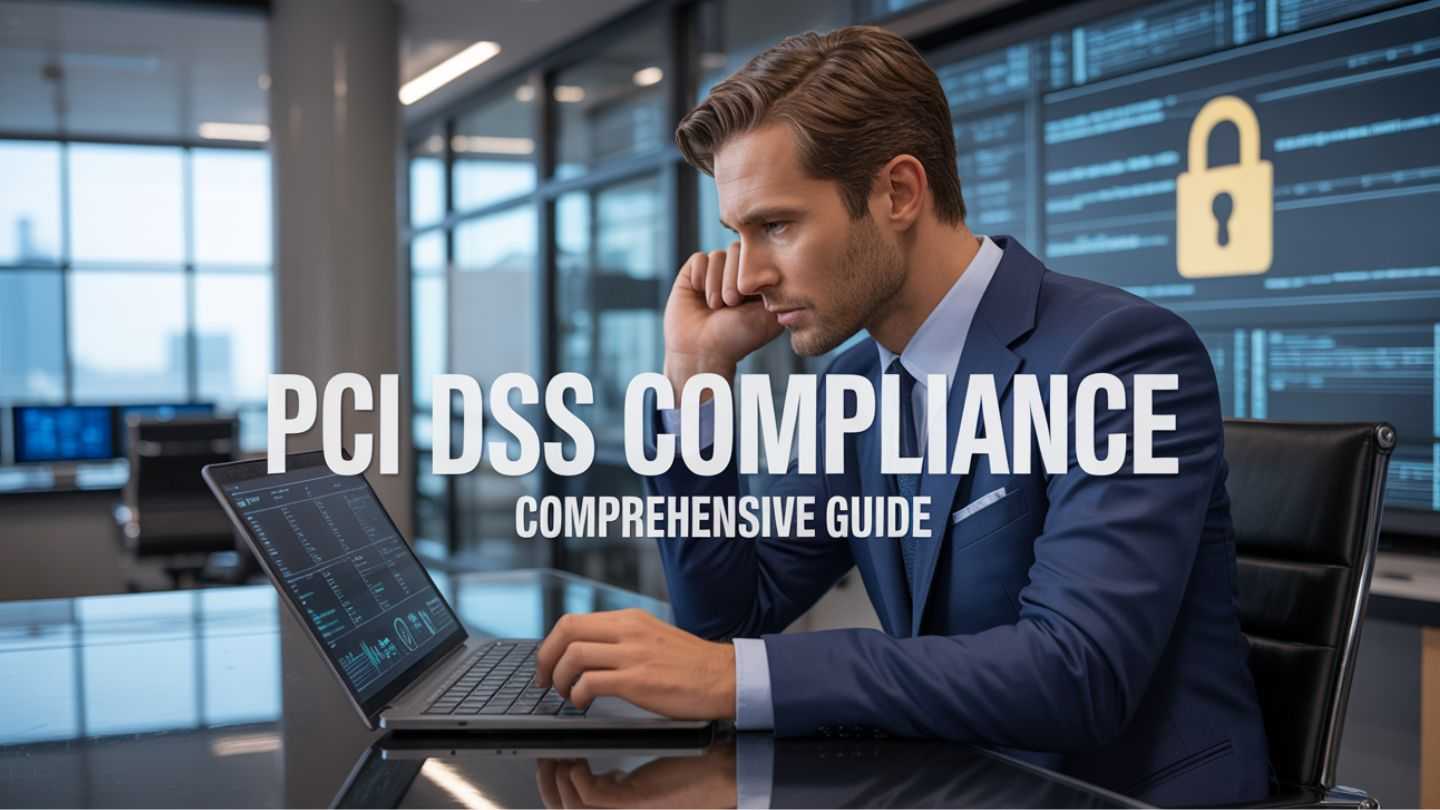A secure payment environment is critical for protecting customer data and sustaining trust in today’s digital economy. Businesses that handle credit card transactions must follow strict security protocols to prevent breaches and meet regulatory requirements. Adopting these standards not only safeguards sensitive information but also reduces financial and reputational risk. Consistent monitoring and proactive measures ensure long-term data protection and compliance. In this blog, you’ll learn the essential steps and best practices for achieving and maintaining PCI DSS compliance effectively.
Key Takeaways
- PCI DSS compliance is essential for protecting sensitive payment card data and maintaining customer trust, with repercussions for non-compliance including fines and reputational damage.
- Businesses are categorized into four PCI DSS compliance levels, each with specific requirements based on transaction volumes, necessitating tailored security efforts.
- Achieving and maintaining PCI DSS compliance involves implementing strong security measures, conducting regular assessments, and documenting security policies with guidance available from specialized providers.
Understanding PCI DSS Compliance
PCI DSS compliance is not just a regulatory obligation; it’s a commitment to safeguarding sensitive payment card data throughout its lifecycle. Established by major credit card brands, Visa, MasterCard, American Express, Discover, and JCB, PCI DSS aims to protect cardholder data and mitigate the risks of data breaches and fraud. In an era where data security incidents are rampant, adhering to PCI DSS standards is essential for maintaining the integrity of financial transactions and reinforcing business reputations, especially in light of payment card industry data.
The framework of PCI DSS provides a set of guidelines that cover various aspects of data security, from building and maintaining secure networks to implementing robust access control measures. Compliance with these guidelines showcases a business’s commitment to a secure environment for credit card transactions. This not only protects customers but also builds trust and confidence, essential for fostering long-term business relationships.
The Importance of PCI DSS Compliance
PCI DSS compliance is pivotal for any business that handles payment card data. Adhering to PCI DSS requirements enables businesses to safeguard sensitive cardholder data from unauthorized access and breaches. This compliance builds a robust security framework that not only safeguards data but also enhances customer trust and loyalty. In a marketplace where consumers are increasingly concerned about data security, demonstrating PCI-compliant status can be a significant competitive advantage.
Key Requirements for PCI DSS Compliance

Achieving PCI DSS compliance involves adhering to a set of technical and operational requirements designed to protect payment card data and meet the security standard PCI DSS. The requirements include:
- Building and maintaining a secure network
- Protecting cardholder data
- Implementing strong access control measures
- Regularly monitoring and testing networks
- Maintaining an information security policy
Each of these components plays a vital role in creating a secure environment and mitigating the risk of data breaches.
Building and Maintaining a Secure Network
A secure network forms the foundation of PCI DSS compliance. One of the primary requirements is to install and maintain a robust firewall configuration to protect cardholder data from unauthorized access. Firewalls act as a barrier between trusted and untrusted networks, regulating traffic based on an applied rule set.
Maintaining a secure network also involves regular monitoring and updating of security controls to adapt to new and emerging threats. This proactive approach ensures that other security parameters remain effective and vulnerabilities are promptly addressed, reducing the risk of security incidents and breaches.
Maintaining a secure network establishes a solid line of defense that safeguards sensitive cardholder data and supports overall PCI DSS compliance, ensuring systems are secure and maintained.
Protecting Cardholder Data
At the heart of PCI DSS compliance is the protection of cardholder data. Ensuring this security is essential. One of the critical measures includes:
- Encryption of data at rest and in transit to prevent unauthorized access.
- Use of strong encryption mechanisms, such as AES 256, to secure sensitive cardholder information.
- Tokenization, which replaces sensitive data with a non-sensitive token, thus minimizing risk exposure.
Additionally, it is essential to implement secure techniques to protect stored cardholder data while storing cardholder data. This includes using encryption protocols to transmit cardholder data during data transmission across open networks to prevent interception by unauthorized entities with payment cards, ensuring payment security, card industry data security, and PIN transaction security.
Adhering to these PCI DSS guidelines significantly enhances a business’s data security posture and ensures the protection of sensitive payment card data in line with PCI DSS compliance.
Implementing Strong Access Control Measures
Implementing strong access control policies is crucial for protecting cardholder data. Key components include:
- Limiting access to sensitive data strictly to individuals who need it for their job functions, governed by the principle of least privilege.
- Setting up user identification and authentication mechanisms.
- Enforcing strong password policies.
- Implementing multi-factor authentication for secure access to systems handling cardholder data.
To prevent unauthorized access, it is essential to:
- Track and monitor all access to system components.
- Use tools designed to authenticate access to network resources.
- Regularly update default passwords and security settings to reduce vulnerabilities and ensure physical access is restricted, enhancing system security.
Implementing these measures creates a secure environment that shields sensitive cardholder data from potential breaches in the cardholder data environment.
Steps to Achieve PCI DSS Compliance
Achieving PCI DSS compliance involves a structured process that begins with implementing necessary security controls in the payment handling environment. This proactive approach ensures that businesses can safeguard sensitive payment card data and meet the stringent requirements of PCI DSS.
The following subsections will detail the critical steps businesses need to take, from conducting assessments to addressing security gaps and completing required documentation.
Conducting a Self-Assessment or Hiring a QSA
For businesses with high transaction volumes, hiring a qualified security assessor (QSA) is essential for conducting a detailed audit and providing remediation advice. QSAs are experts in PCI DSS standards, and qualified security assessors can help large organizations navigate complex compliance requirements.
On the other hand, smaller businesses can use the Self-Assessment Questionnaire (SAQ) to evaluate their security practices and ensure they meet PCI DSS compliance. The SAQ:
- Guides businesses through a series of questions related to their security measures
- Helps identify areas of non-compliance
- Assists in taking corrective actions
Whether opting for a self-assessment or hiring a QSA, the goal is to ensure that businesses comprehensively address all aspects of PCI DSS requirements and achieve compliance.
Identifying and Addressing Security Gaps
Identifying and addressing security gaps is a critical step in achieving PCI DSS compliance. Conducting a gap analysis helps organizations pinpoint areas of non-compliance and potential vulnerabilities in their security posture. Once gaps are identified, businesses should develop and implement a remediation plan that includes updating security policies, implementing new technologies, training employees, and creating an incident response plan to address emerging threats. These remediation efforts should be documented and tracked to ensure all actions are effectively managed.
Completing Required Documentation
Completing and maintaining proper documentation is essential for demonstrating PCI DSS compliance. This includes:
- Security policies
- Risk assessments
- Incident response plans
These documents provide a comprehensive overview of a business’s security measures. For Level 3 and Level 4 users, the Self-Assessment Questionnaire (SAQ) is a likely requirement for compliance validation.
It is crucial to review and update documentation at least annually or more frequently if there are significant changes to the business’s security environment. Keeping documentation current ensures businesses meet PCI DSS requirements and maintain ongoing compliance.
Maintaining PCI DSS Compliance

Maintaining PCI DSS compliance is an ongoing effort that requires:
- Continuous monitoring and updating of security measures.
- Staying vigilant and adapting security practices as PCI DSS requirements evolve.
- Conducting regular audits and ongoing compliance support to identify weaknesses.
- Ensuring that security measures remain effective to maintain PCI compliance.
The following subsections will delve into the specifics of regular security testing, monitoring, and updating security policies and procedures.
Regular Security Testing and Monitoring
Regular security testing and monitoring are vital for maintaining PCI DSS compliance. Regular testing of security systems helps identify vulnerabilities before they can be exploited, ensuring that businesses can mitigate risks promptly.
Continuous monitoring of the network is essential to prevent unauthorized access and detect potential security incidents. Monitoring and logging access to cardholder data enable businesses to respond quickly to security breaches and maintain a secure environment.
Implementing these practices helps businesses maintain PCI DSS compliance and safeguard sensitive data.
Updating Security Policies and Procedures
Updating security policies and procedures is critical for staying compliant with PCI DSS. A comprehensive information security policy should be created and upheld. It must outline procedures for data protection, incident response, and employee education. This policy needs to be updated on a regular basis. It should take into account new threats and changes to regulations.
Risk assessment processes should also be developed and maintained to address any identified vulnerabilities from security assessments promptly. Regular reviews of security policies ensure they align with the latest PCI DSS requirements, keeping businesses prepared for any security challenges.
Strengthening Data Security Through Lasting PCI DSS Compliance
Achieving and maintaining PCI DSS compliance is not just a one-time task; it’s an ongoing commitment to safeguarding sensitive payment data and reducing exposure to cyber threats. By implementing strict security controls, continuously monitoring systems, and promptly addressing vulnerabilities, businesses can protect customer information, meet industry regulations, and build long-term trust with clients and partners. This proactive approach ensures sustained compliance and strengthens overall cybersecurity resilience.
At IntegriCom, we help organizations simplify every stage of PCI compliance with tailored strategies and advanced security solutions. As a trusted PCI Compliance consultant in Atlanta, we provide end-to-end guidance, from initial assessment and gap analysis to continuous monitoring and incident response, ensuring your business stays protected and fully compliant. Partner with us to secure your payment environment and maintain the highest standards of data protection.
Frequently Asked Questions
What is PCI DSS compliance, and why is it important?
PCI DSS compliance is a global security standard designed to protect credit card and payment data. It helps businesses prevent data breaches, avoid financial penalties, and build customer trust by maintaining a secure environment for payment transactions.
Who needs to comply with PCI DSS requirements?
Any organization that stores, processes, or transmits credit card information, regardless of size or transaction volume, must comply with PCI DSS standards to safeguard cardholder data and meet industry regulations.
How often should businesses conduct PCI DSS assessments?
Businesses should conduct PCI DSS assessments at least annually and whenever significant changes occur in their network or payment systems. Regular assessments ensure continuous protection and early detection of vulnerabilities.
What are the penalties for non-compliance with PCI DSS?
Failure to maintain PCI DSS compliance can lead to fines from payment card brands, increased transaction fees, potential loss of the ability to process credit cards, and reputational damage that erodes customer trust.
Can PCI DSS compliance improve overall cybersecurity?
Yes. PCI DSS compliance strengthens a company’s entire security framework by enforcing strict access controls, encryption, and continuous monitoring, which help prevent cyberattacks beyond payment-related threats.


